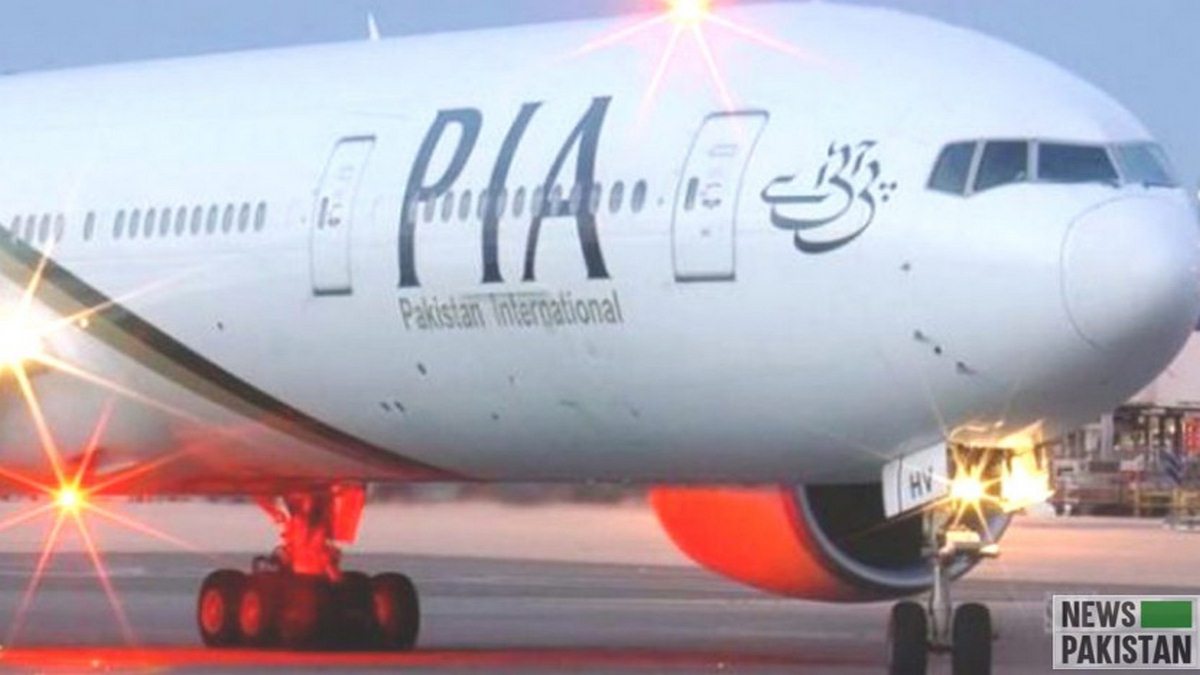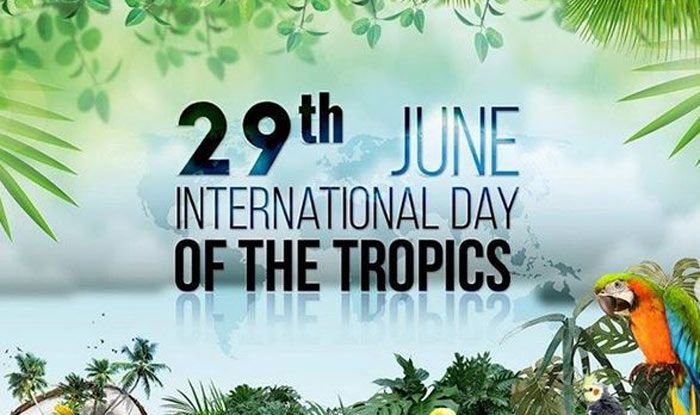KARACHI: In the year 2016 UNGA had adopted a resolution declaring that 29th June of each year would be observed as the International Day of the Tropics.
UN catches at the occasion to point out that: The Tropics host 95% of the world’s mangrove forests by area and 99% of mangrove species; Though The Tropics happen to harbor 54% of the world’s renewable water resources, almost half their population is vulnerable to water stress; Biodiversity is greater in The Tropics – loss of biodiversity is also greater in The Tropics than in the rest of the world. UN, by means of The International Day of The Tropics creates a platform to ponder over the progress across the tropics, to share tropical stories and expertise and to acknowledge the diversity and potential of the region.
What exactly are The Tropics? UN defines The Tropics as the area between the Tropic of Cancer and the Tropic of Capricorn. Although topography and other factors contribute to climatic variation, tropical locations are typically warm and experience little seasonal change in day-to-day temperature. An important feature of The Tropics is the prevalence of rain in the moist inner regions near the equator, and that the seasonality of rainfall increases with the distance from the equator. The tropical region faces several challenges such as climate change, deforestation, logging, urbanization and demographic changes.
Challenges faced by The Tropical nations: UN maintains that though they have made significant progress, they face a variety of challenges that demand focused attention across a range of development indicators and data in order to achieve sustainable development: UN warns that by 2050, the region will host most of the world’s people and two-thirds of its children; Consistent with the higher levels of poverty, more people experience undernourishment in the Tropics than in the rest of the world; Proportion of the urban population living in slum conditions is higher in The Tropics than in the rest of the World.

Newspakistan.tv | YouTube Channel











